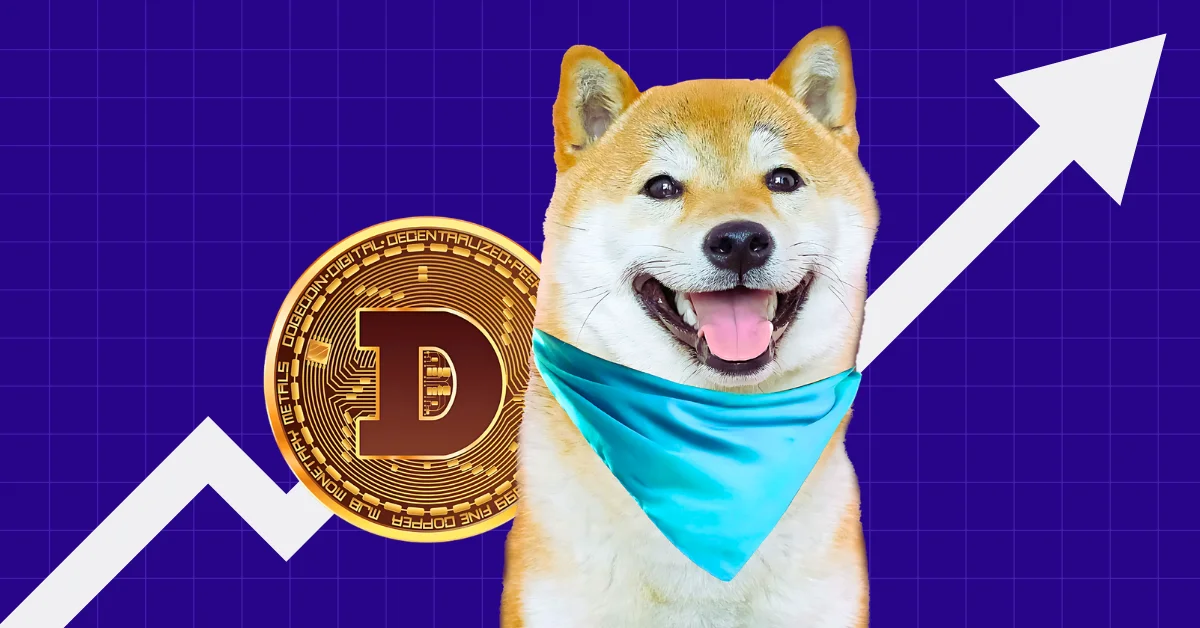20Shift: Your Daily Dose of Insight
Stay updated with the latest trends and news across various domains.
Is Dogecoin the Future of Currency or Just a Shiba Inu Meme?
Discover if Dogecoin is the next big currency or just a Shiba Inu meme! Dive into the hype and uncover the truth behind the meme coin.
The Rise of Dogecoin: From Meme to Mainstream Currency
Dogecoin started as a lighthearted joke, inspired by the popular Shiba Inu meme in 2013. However, this quirky cryptocurrency quickly captured the hearts of internet users and investors alike. What initially began as a meme-driven project transformed into a robust community, driving its popularity and usage. Social media platforms played a pivotal role in this evolution, with platforms like Twitter and Reddit fueling discussions that showcased Dogecoin's potential as more than just a novelty. As a result, Dogecoin became a symbol of digital currency that transcended the boundaries of traditional finance.
Over the past few years, Dogecoin has witnessed a remarkable rise in value and acceptance, thanks in part to endorsements from high-profile figures such as Elon Musk. This increased visibility has led to wider adoption, with numerous merchants and businesses now accepting Dogecoin as a form of payment. The shift from meme to mainstream currency highlights a significant change in the perception of cryptocurrencies, demonstrating that even the most unconventional assets can achieve legitimacy in the financial world. As Dogecoin continues to gain traction, its story reflects the evolving landscape of digital currencies and the growing enthusiasm for decentralized finance.

Is Dogecoin a Safe Investment? Understanding Its Volatility
In recent years, Dogecoin has gained significant attention as a cryptocurrency, attracting both seasoned investors and newcomers alike. However, understanding whether Dogecoin is a safe investment requires analyzing its inherent volatility. Unlike traditional markets, cryptocurrencies often experience dramatic price fluctuations. This volatility can provide opportunities for substantial gains, but it equally poses a risk of significant losses, making it essential for investors to carefully assess their risk tolerance before diving in.
Moreover, it's crucial to understand the factors driving Dogecoin's price movements. Its value can be influenced by social media trends, celebrity endorsements, and broader market dynamics. As such, potential investors should stay abreast of these factors while implementing strategies like diversification to mitigate risk. In conclusion, while Dogecoin can be considered a viable investment for those willing to embrace its volatility, it is vital to proceed with caution and informed judgment.
Can Dogecoin Compete with Bitcoin: A Detailed Comparison
When it comes to the world of cryptocurrencies, Dogecoin and Bitcoin represent two distinct philosophies and functionalities. Launched as a joke in 2013, Dogecoin quickly gained a following due to its friendly branding and strong community support. In contrast, Bitcoin, created in 2009 by an anonymous individual or group known as Satoshi Nakamoto, was designed as a decentralized digital currency intended to operate without a central authority. While Bitcoin has established itself as the leading cryptocurrency with a market cap exceeding hundreds of billions, Dogecoin has carved a niche for itself with a vibrant community and a focus on microtransactions and tipping.
To evaluate whether Dogecoin can compete with Bitcoin, one must consider various factors including transaction speed, scalability, and use cases. For instance, Dogecoin boasts faster block times (1 minute) compared to Bitcoin (10 minutes), which makes it more suitable for quick transactions. Furthermore, the potential for lower transaction fees with Dogecoin can attract users engaged in small-scale trading and online tipping. However, despite these advantages, Bitcoin's entrenched position and dominance in the cryptocurrency market still make it the go-to asset for serious investors. The question remains: can Dogecoin evolve from a meme-based currency into a legitimate challenger to Bitcoin's throne?